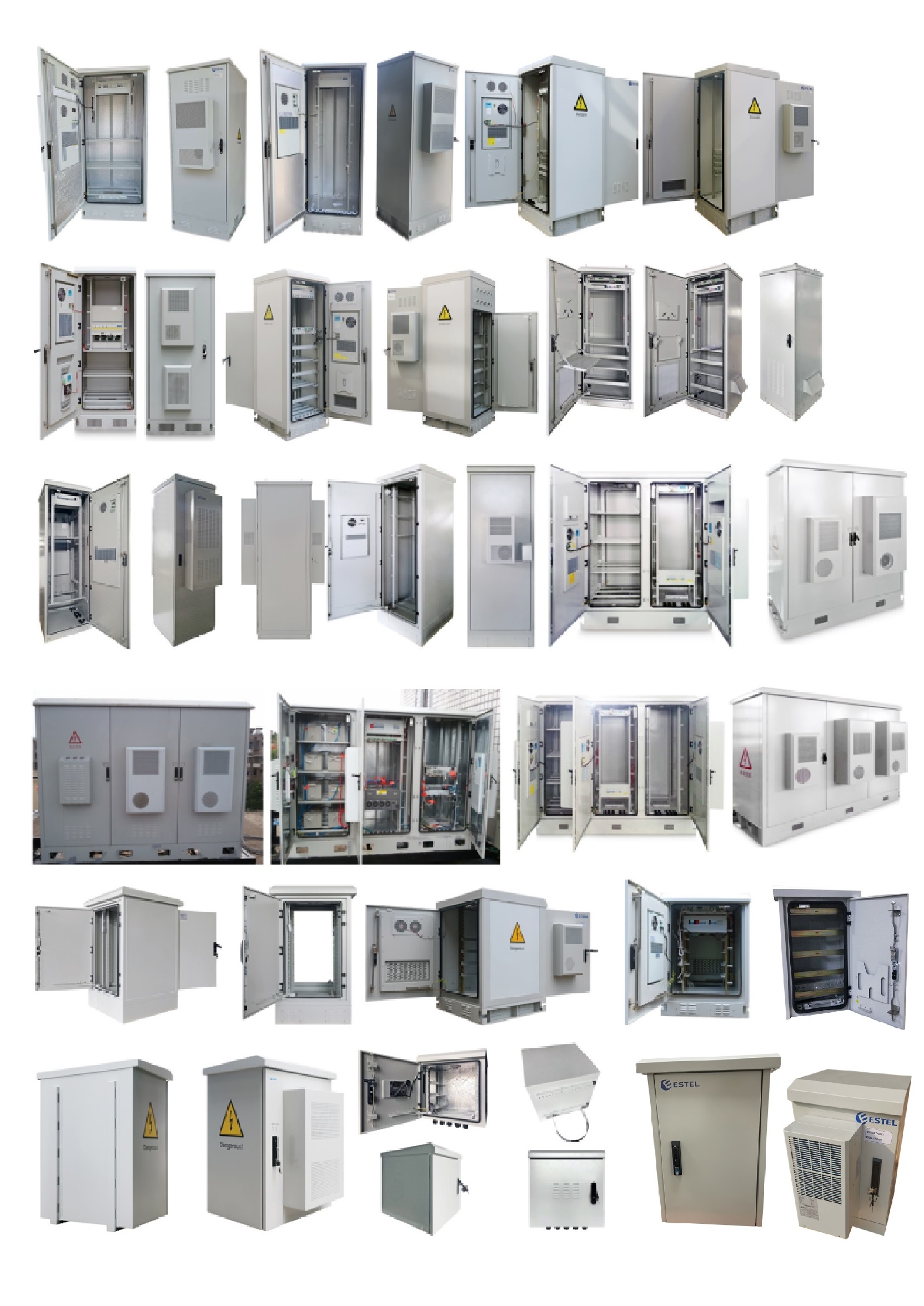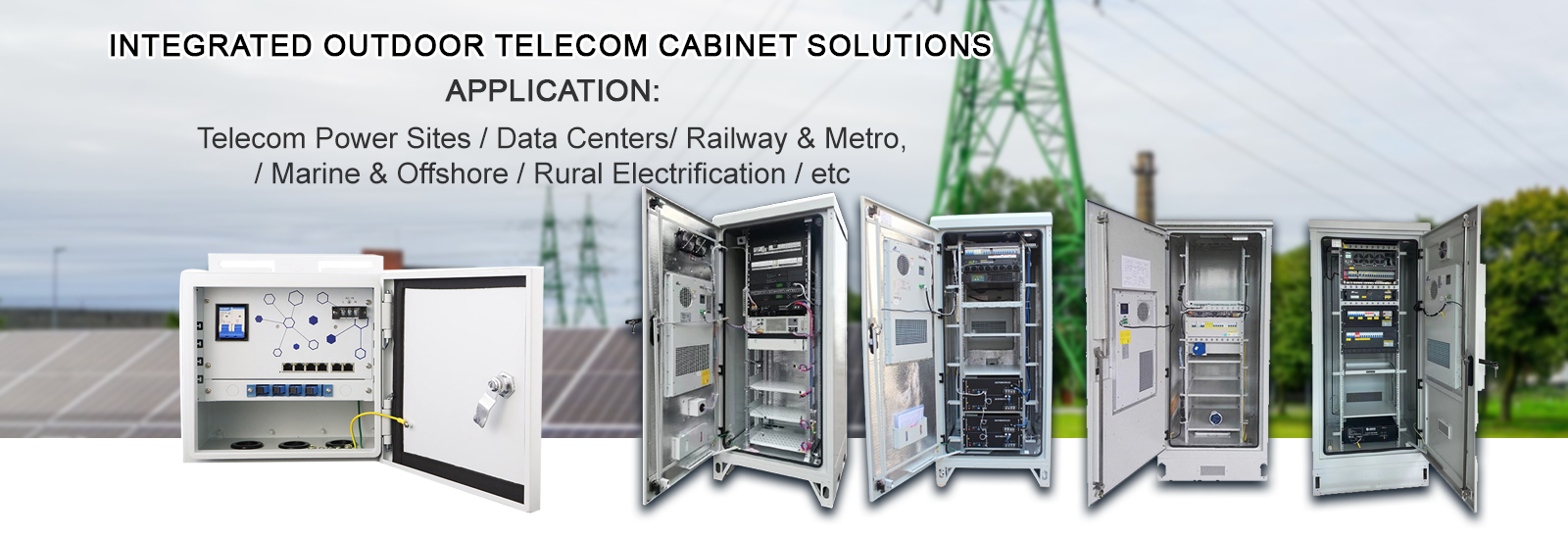How to Choose the Best Outdoor Telecom Cabinet Mount

Choosing the right outdoor telecom cabinet mount type is crucial for ensuring optimal performance and safety. You need to consider various factors to make an informed decision. An unsuitable mount can lead to equipment damage, increased maintenance costs, and potential safety hazards. By selecting the appropriate mount, you protect your telecommunications infrastructure from environmental challenges and ensure reliable operation. This decision impacts not only the longevity of your equipment but also the efficiency of your network.
Types of Outdoor Telecom Cabinet Mounts

When selecting an outdoor telecom cabinet mount type, you have several options to consider. Each type offers unique benefits and potential drawbacks. Understanding these can help you make an informed decision.
Pole Mounts
Pole mounts are a popular choice for outdoor telecom cabinets. They offer flexibility in placement and can be installed on existing poles or new ones.
Advantages
Space Efficiency: Pole mounts save ground space, making them ideal for areas with limited room.
Visibility: Elevating the cabinet improves signal transmission and reception.
Security: Height can deter vandalism and unauthorized access.
Disadvantages
Installation Complexity: Requires specialized equipment and expertise for secure mounting.
Maintenance Challenges: Accessing the cabinet for repairs or upgrades can be difficult.
Environmental Exposure: Elevated position may increase exposure to wind and weather elements.
Wall Mounts
Wall mounts provide a stable and accessible option for outdoor telecom cabinets. They attach directly to building walls or other vertical surfaces.
Advantages
Accessibility: Easy to reach for maintenance and upgrades.
Protection: Building walls offer some shelter from harsh weather.
Versatility: Options like the Vertical Wall-Mount (VWM) Series and Swing-Out Wall-Mount (SWM) Series cater to various applications, including edge computing and IoT.
Disadvantages
Space Limitations: Wall space may restrict cabinet size and capacity.
Structural Requirements: Walls must be strong enough to support the cabinet's weight.
Aesthetic Impact: May affect the appearance of the building facade.
Ground Mounts
Ground mounts are sturdy and accessible, making them suitable for larger cabinets and heavy equipment.
Advantages
Stability: Provides a solid base, reducing the risk of tipping or damage.
Capacity: Supports larger cabinets with higher load capacities.
Ease of Access: Simplifies maintenance and equipment upgrades.
Disadvantages
Space Consumption: Requires significant ground space, which may not be available in all locations.
Vulnerability: More susceptible to vandalism and environmental hazards.
Installation Cost: May involve higher costs due to foundation requirements.
Choosing the right outdoor telecom cabinet mount type involves weighing these advantages and disadvantages. Consider your specific needs and environmental conditions to ensure optimal performance and safety.
Factors to Consider When Choosing an Outdoor Telecom Cabinet Mount Type
When selecting the best outdoor telecom cabinet mount type, you must evaluate several critical factors. These considerations ensure that your telecommunications equipment remains secure and functional in its environment.
Environmental Conditions
Environmental conditions play a significant role in determining the appropriate outdoor telecom cabinet mount type. You need to assess the climate and weather patterns of the installation site. For instance, areas prone to heavy rain or snow require mounts that offer robust protection against moisture. Engineers and Building Officials often refer to guidelines like the TIA-222-H or ASCE 7 for components and cladding guidance, ensuring that mounts can withstand environmental stresses.
"Telecommunication installations on rooftops vary from small pipe mounts to huge lattice tower structures. It is therefore important to properly classify the structures and provide the methodology for each classification."
This quote highlights the importance of understanding the specific environmental challenges your installation might face. By choosing a mount designed to handle these conditions, you protect your equipment from potential damage.
Load Capacity
Load capacity is another crucial factor to consider. The mount must support the weight of the telecom cabinet and any additional equipment housed within it. You should evaluate the total load to ensure the mount can handle it without compromising stability. Engineers of Record emphasize that code applicability often depends on jurisdiction and demand, which can influence how load capacity is assessed.
A mount with insufficient load capacity can lead to structural failure, risking damage to your equipment and posing safety hazards. Therefore, accurately calculating the load requirements is essential for selecting a suitable mount.
Installation Requirements
Installation requirements can vary significantly depending on the mount type and location. You need to consider the complexity of the installation process and the resources available. Some mounts, like pole mounts, may require specialized equipment and expertise for secure installation. Wall mounts, on the other hand, demand strong structural support from the building.
Understanding these requirements helps you plan the installation effectively, ensuring that the mount is securely and correctly positioned. Proper installation not only enhances the stability of the telecom cabinet but also facilitates easier maintenance and upgrades.
By carefully considering environmental conditions, load capacity, and installation requirements, you can choose the most suitable outdoor telecom cabinet mount type. This decision ensures the longevity and efficiency of your telecommunications infrastructure.
Common Mistakes to Avoid
When selecting an outdoor telecom cabinet mount, you must avoid common pitfalls that can compromise the safety and functionality of your telecommunications infrastructure. By understanding these mistakes, you can make more informed decisions.
Overlooking Environmental Factors
You might underestimate the impact of environmental conditions on your telecom cabinet mount. Weather patterns, such as heavy rain, snow, or strong winds, can significantly affect the performance and longevity of your equipment. For instance, if you install a mount without considering moisture protection in a rainy area, you risk water damage to your equipment.
"Telecommunication installations on rooftops vary from small pipe mounts to huge lattice tower structures. It is therefore important to properly classify the structures and provide the methodology for each classification."
This insight highlights the necessity of evaluating environmental challenges at your installation site. By choosing a mount designed to withstand these conditions, you ensure the safety and durability of your equipment.
Ignoring Load Capacity
Another common mistake involves neglecting the load capacity of the mount. You must accurately calculate the total weight of the telecom cabinet and any additional equipment it will house. A mount with insufficient load capacity can lead to structural failure, risking damage to your equipment and posing safety hazards.
Summary of Key Considerations
Finally, consider the installation requirements. Different mount types come with varying installation complexities. For example, pole mounts may require specialized equipment and expertise for secure installation, while wall mounts demand strong structural support from the building. Proper installation is vital for the enclosure’s performance and durability. Securely mount the enclosure to withstand environmental stresses, and plan your cable management for easy access and reduced wear and tear.
CALL US DIRECTLY
86-13752765943
3A-8, SHUIWAN 1979 SQUARE (PHASE II), NO.111, TAIZI ROAD,SHUIWAN COMMUNITY, ZHAOSHANG STREET, NANSHAN DISTRICT, SHENZHEN, GUANGDONG, CHINA

